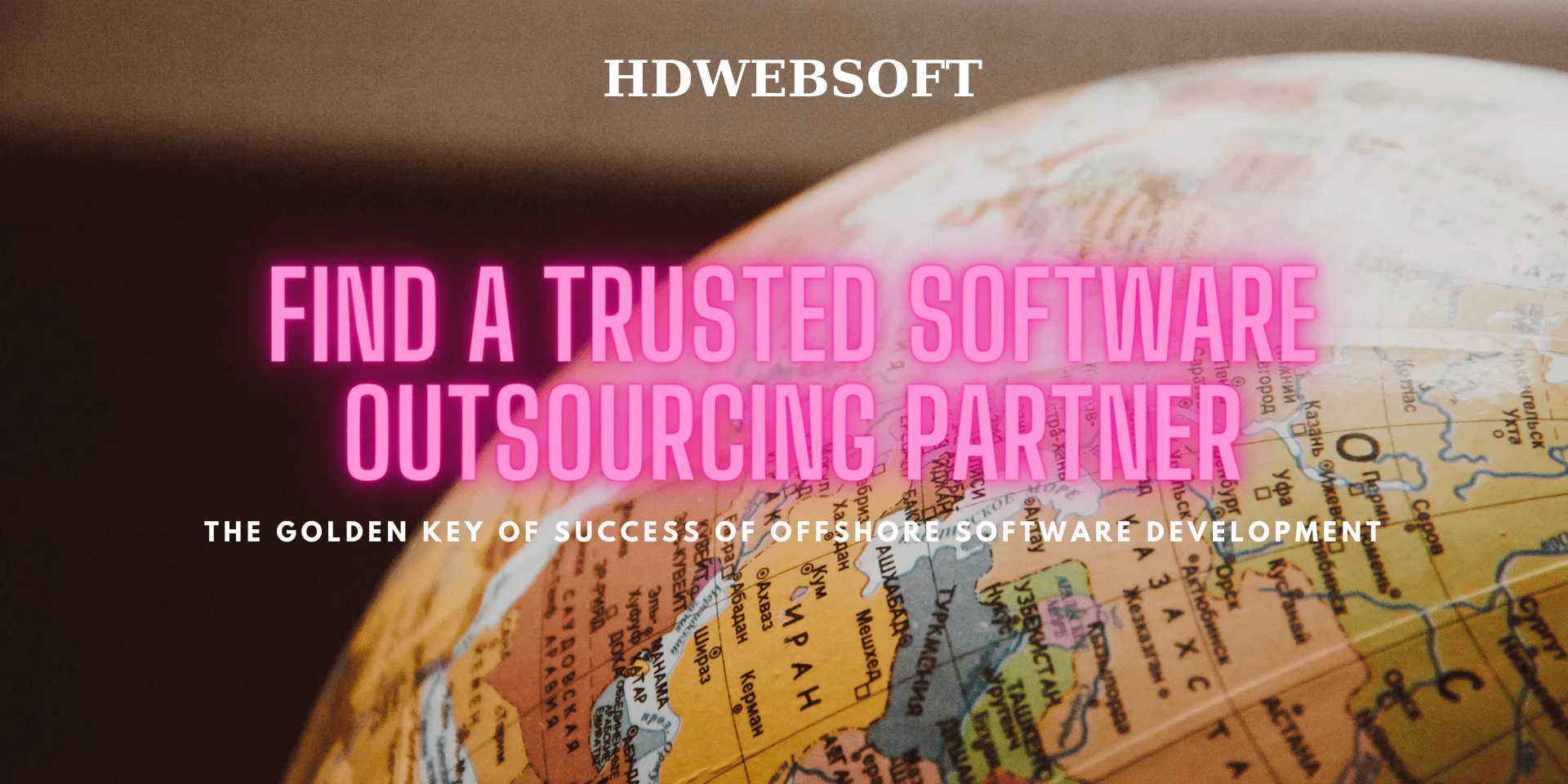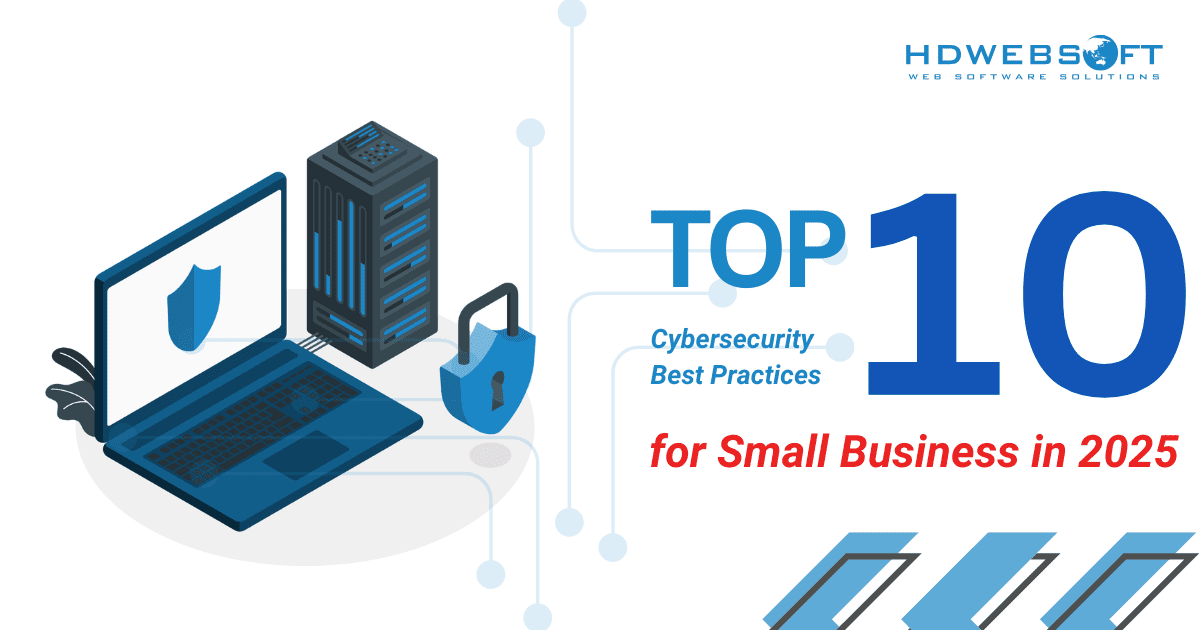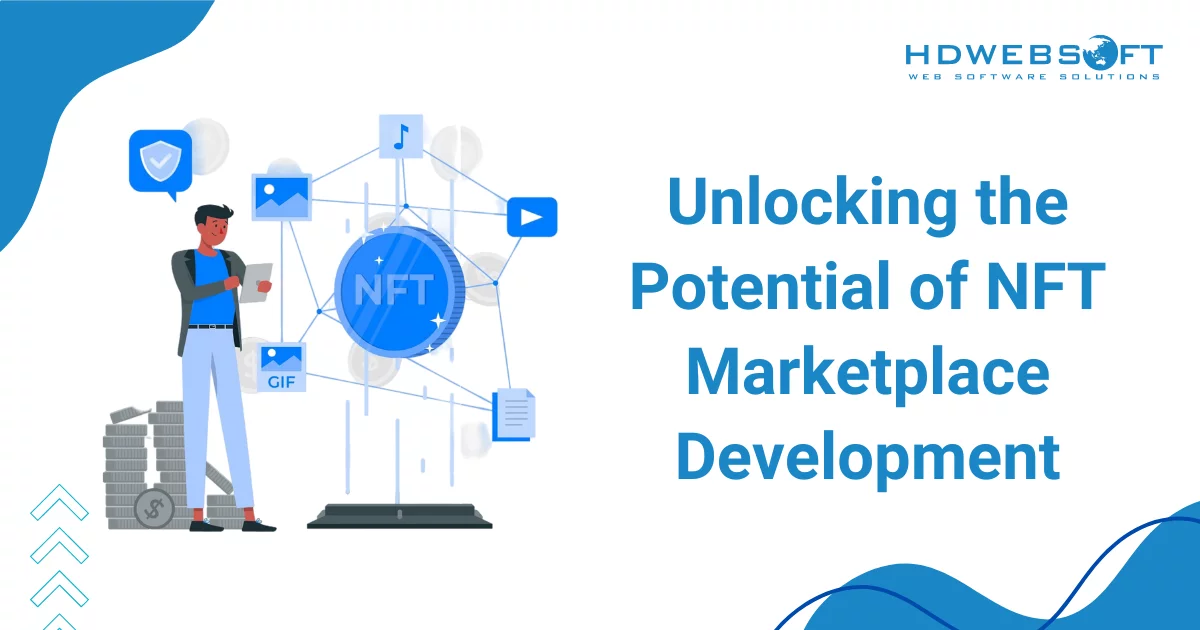
What is AppExchange in Salesforce? Top Apps & Expert Picks
AppExchange in Salesforce represents the world’s leading enterprise cloud marketplace, offering businesses an extensive library of pre-built applications and integrations to enhance their CRM capabilities. As organizations increasingly rely on SFDC in Salesforce to manage customer relationships, the need for specialized tools becomes more critical. Whether you’re a small business owner looking to streamline operations or a seasoned Salesforce admin seeking advanced functionality, the marketplace provides the best Salesforce AppExchange apps that can transform your workflow within hours rather than months.
Throughout this guide, we’ll explore what makes this ecosystem so powerful and dive into the top applications across various categories. Actionable insights will be provided to help you maximize your investment. By understanding how to leverage these tools effectively, you’ll unlock capabilities that native Salesforce features alone cannot provide.
So, What is Salesforce AppExchange?
Understanding the foundation of this powerful ecosystem requires exploring its history, functionality, and the diverse range of solutions it offers to businesses worldwide.
The Enterprise Cloud Marketplace
Launched in 2005, AppExchange in Salesforce pioneered the concept of enterprise cloud marketplaces. From then on, it’s fundamentally changing how businesses extend their CRM functionality. This revolutionary platform hosts over 7,000 applications, components, and consulting services designed specifically for Salesforce users.
Unlike traditional software procurement that requires lengthy implementation cycles, this marketplace enables instant discovery and deployment of solutions directly into your Salesforce environment. From sales automation tools to industry-specific templates, every solution undergoes rigorous security reviews to ensure data protection and compliance standards are met.
How the Platform Works
Navigating the SFDC AppExchange is remarkably straightforward, even for users with limited technical expertise. Administrators can browse solutions by category, industry, or specific business needs. Then, they can read detailed descriptions, view screenshots, and analyze customer reviews before making decisions. Once you’ve identified the right application, installation typically requires just a few clicks and basic configuration steps.
Moreover, most AppExchange in Salesforce solutions offer free trials. Teams are able to test functionality in a sandbox environment before committing to production deployment. This risk-free approach ensures that investments align with actual business requirements rather than anticipated needs.
Key Benefits That Drive Adoption
Several compelling advantages explain why organizations increasingly turn to the marketplace for CRM enhancements:

Beyond these tangible benefits, the marketplace fosters an ecosystem where businesses can adapt quickly to changing market conditions. Rather than waiting for custom development cycles, teams can implement proven solutions that thousands of other organizations have already validated.
Types of Solutions Available
Diversity defines the SFDC AppExchange catalog, with offerings spanning multiple formats and use cases.

- Traditional applications provide comprehensive functionality for specific business processes
- Meanwhile, Lightning components offer modular features that integrate seamlessly into existing pages.
- Additionally, Bolt solutions deliver pre-configured industry templates for sectors like financial services, healthcare, and manufacturing, dramatically reducing implementation time.
- Flow AppExchange in Salesforce solutions automates complex workflows without requiring code. Plus, consulting services connect businesses with implementation partners who understand both technical requirements and industry challenges.
Why Your Business Needs AppExchange in Salesforce
Beyond simply understanding what the marketplace offers, it’s crucial to recognize the strategic advantages that make it an essential component of modern business operations. Let’s explore the compelling reasons why organizations across industries are increasingly relying on marketplace solutions to drive growth and efficiency.
Cost-Effectiveness Over Custom Development
Building custom solutions from scratch can consume enormous resources, both financial and human. Conversely, leveraging pre-built applications from the SFDC AppExchange typically costs 70-80% less than equivalent custom development projects.
Notably, development teams charge between $100-250 per hour, and even simple integrations can require 200-500 hours of work. Meanwhile, most marketplace applications offer monthly subscription models ranging from $10-100 per user, with enterprise solutions rarely exceeding $200 per user monthly.

Thus, this dramatic cost differential allows businesses to allocate budget toward strategic initiatives rather than reinventing solutions that already exist.
Accelerating Digital Transformation
Digital transformation initiatives often stall due to resource constraints and lengthy implementation timelines. However, the AppExchange in Salesforce addresses both challenges simultaneously by providing ready-made solutions that deploy rapidly. Companies can implement multiple applications within weeks, creating a comprehensive digital ecosystem that would traditionally require years to develop.
Furthermore, these solutions integrate natively with Salesforce data models, eliminating the integration challenges that plague custom-built systems. As your transformation journey progresses, additional applications can be layered incrementally. Ultimately, it allows for an agile approach that responds to evolving business needs.

Industry-Specific Requirements
Every industry faces unique challenges that generic CRM features cannot fully address. Fortunately, the SFDC AppExchange platform offers hundreds of industry-specific solutions tailored to sectors like healthcare, financial services, and non-profits. These specialized applications incorporate regulatory compliance features, industry-standard workflows, and terminology that resonates with sector-specific users.
For instance, healthcare organizations can find HIPAA-compliant communication tools, while financial services firms can access applications that automatically enforce SEC regulations. This specialization reduces the learning curve and ensures that solutions align with established industry practices.
Best Salesforce AppExchange Apps by Category
With thousands of applications available, identifying the most impactful solutions for your specific needs can feel overwhelming. Don’t worry, we’ve covered the hard part and curated the top performers in AppExchange in Salesforce across essential business categories.
Sales Productivity Powerhouses
DocuSign for Salesforce
Leading the digital signature revolution, DocuSign eliminates paper-based contract workflows entirely. Sales representatives can send agreements directly from opportunity records, track signature status in real-time, and automatically file completed documents.
Integration with SFDC AppExchange workflows triggers notifications when contracts are signed, enabling immediate next steps without manual monitoring. Pricing starts at $25 per user monthly for basic features, with enterprise plans offering advanced routing and authentication options.
Check out the tool here.
LinkedIn Sales Navigator
Social selling has transformed B2B sales strategies, and this integration brings LinkedIn’s powerful network directly into Salesforce records. Representatives can view prospect connections, engage with relevant content, and identify warm introduction paths without leaving their CRM.
It’s worth noting that lead recommendations from saved searches automatically sync with Salesforce, ensuring no opportunity slips through the cracks. Organizations typically see 25-35% improvement in connection rates when using Navigator’s insights strategically.
Check out the tool here.
Salesforce CPQ (Configure, Price, Quote)
Complex pricing scenarios challenge even experienced sales teams, but CPQ in AppExchange in Salesforce automates the entire quote generation process. As one of the best Salesforce AppExchange apps, it handles product bundles, volume discounts, multi-year contracts, and approval workflows seamlessly.
Sales cycles shorten by an average of 28% as representatives generate accurate quotes in minutes rather than days. While pricing requires consultation due to organizational complexity, ROI typically materializes within 6-8 months through increased deal velocity and reduced pricing errors.
Check out the tool here.
Marketing Automation Excellence
Pardot (Marketing Cloud Account Engagement)
Purpose-built for B2B marketing teams, Pardot delivers sophisticated lead-nurturing capabilities that native Salesforce lacks. Marketers can create automated drip campaigns, score leads based on engagement behaviors, and route qualified prospects to sales automatically.
Attribution reporting connects marketing activities directly to revenue, finally answering the “what’s working” question that haunts marketing departments. Because Pardot is Salesforce-native, data synchronization is instantaneous and bidirectional. Pardot, as one of the best Salesforce AppExchange apps, eliminates the integration headaches common with third-party solutions.
Check out the tool here.
Mailchimp for Salesforce
Small to medium businesses often find enterprise marketing platforms overwhelming and expensive. Mailchimp bridges this gap by offering intuitive email marketing with AppExchange in Salesforce integration at accessible price points. Contacts sync automatically, campaign engagement updates Salesforce records, and segmentation can leverage CRM data for personalization.
Free plans support up to 500 contacts, while paid plans start around $20 monthly. Hence, it’s becoming one of the most cost-effective best Salesforce AppExchange apps for growing businesses.
Check out the tool here.
Customer Service Enhancement
Zendesk for Salesforce
Customer service teams frequently struggle with fragmented information across multiple systems. Zendesk integration solves this by providing a unified view where support tickets, customer history, and account details coexist seamlessly.
Representatives resolve issues 40% faster when they can access the complete customer context without switching applications. Ultimately, bi-directional synchronization ensures that both systems remain current, preventing the data inconsistencies that erode customer trust.
Check out the tool here.
LiveAgent
Real-time customer engagement separates exceptional service from mediocre experiences. LiveAgent brings live chat, helpdesk, and call center functionality into a single interface integrated with AppExchange in Salesforce records. Automated ticket routing ensures inquiries reach the appropriate specialist, while built-in knowledge base features empower customers to self-serve common issues. Hence, LiveAgent is listed as one of the best Salesforce AppExchange apps that organizations adore.
Consequently, organizations implementing LiveAgent typically see first-response times decrease by 60-70%.
Check out the tool here.
Analytics and Reporting Innovation
Tableau CRM (Einstein Analytics)
Data visualization transforms raw numbers into actionable insights that drive strategic decisions. Tableau CRM combines advanced analytics with artificial intelligence, surfacing patterns and anomalies that traditional reporting overlooks.
With the tool at hand, executives can explore data interactively through intuitive dashboards, asking follow-up questions through natural language queries. While the learning curve is steeper than basic reporting tools, organizations that invest in proper training typically achieve 35-50% better forecast accuracy.
Check out the tool here.
Conga Composer
Document generation consumes surprising amounts of time across organizations, from proposals to reports to contracts. Conga Composer automates this process by merging AppExchange in Salesforce data into professionally designed templates with a single click.
Users can generate multiple document types simultaneously, combine data from related records, and deliver outputs in various formats, including PDF, Word, and Excel. As one of the best Salesforce AppExchange apps, Conga Composer pays for itself through time savings alone, with most users reclaiming 10-15 hours monthly.
Check out the tool here.
Project Management Integration
Asana for Salesforce
Disconnection between sales and delivery teams creates implementation delays and customer frustration. Asana integration bridges this gap by automatically creating projects when opportunities close, ensuring seamless handoffs.
As a result, task assignments, deadlines, and progress updates are bidirectionally synchronized, providing visibility across departments. Teams using this integration report 45% fewer “what’s the status” inquiries as information becomes self-service.
Check out the tool here.
Productivity and Collaboration
Slack for Salesforce
Modern teams communicate primarily through messaging platforms, yet critical CRM updates often go unnoticed. Slack integration with AppExchange in Salesforce changes this by pushing real-time notifications into relevant channels when opportunities progress, cases escalate, or leads require attention.
Team members can query Salesforce data directly from Slack using slash commands, eliminating constant context switching. Perhaps most powerfully, Slack conversations can create or update Salesforce records. Overall, it makes sure that valuable customer insights captured in casual discussions don’t vanish into chat history.
Check out the tool here.
How to Choose the Right AppExchange in Salesforce Solutions
Selecting applications that deliver genuine value requires a systematic approach that balances business needs, credibility indicators, and long-term costs.
Assessing Business Requirements
Successful application selection begins with honest evaluation of actual pain points rather than perceived needs. Convene stakeholders from affected departments to document specific workflows that consume excessive time or produce frequent errors. Prioritize these challenges based on business impact, considering both quantitative metrics and qualitative factors when implementing AppExchange in Salesforce.
Additionally, distinguish between problems that require immediate attention and those that can wait. In all, it’ll help prevent the common pitfall of implementing too many applications simultaneously.
Evaluating Application Credibility
The SFDC AppExchange provides several credibility indicators that separate quality solutions from disappointing investments. Target applications with ratings of 4.0 stars or higher based on at least 50 reviews, ensuring sufficient validation. Also, make a note to read recent reviews specifically, as older feedback may not reflect current functionality or support quality.
Security certifications like Salesforce Security Review badges indicate that applications meet stringent data protection standards. Furthermore, examine the update frequency in the version history. This is because applications with quarterly or more frequent updates suggest active vendor commitment rather than abandoned projects.
Understanding Total Cost of Ownership
Subscription prices represent only one component of true application costs. Implementation fees can add 50-200% to first-year expenses. In particular, for complex AppExchange in Salesforce solutions that require data migration or custom configuration. Training costs must be factored in, whether through vendor-provided resources or internal program development.
Moreover, ongoing support and maintenance fees sometimes surprise organizations, especially when vendors charge separately for phone support versus email assistance. Therefore, you should create comprehensive cost projections covering at least three years to enable accurate ROI calculations and budget planning.
Installation and Best Practices
Successfully implementing SFDC AppExchange marketplace applications demands more than just clicking the install button. It requires strategic planning and ongoing governance to maximize value.
Strategic Implementation Approach
Rushing application deployment into production environments invites disaster that could have been prevented through methodical planning. Always begin by installing applications in sandbox environments that mirror production configurations. Furthermore, conduct thorough testing with realistic data volumes and user scenarios, identifying configuration issues before they impact actual business operations.
Subsequently, develop a phased AppExchange in Salesforce rollout plan that introduces applications to limited user groups initially. This is for gathering feedback and refining processes before company-wide deployment. This disciplined approach increases adoption rates by 60% compared to “big bang” implementations.

Maintaining Organizational Health
Every installed application consumes resources and adds complexity to your Salesforce environment. Consequently, organizations should conduct quarterly audits of installed applications to identify those with declining usage or questionable value. Naturally, unused applications should be uninstalled rather than disabled, as they continue consuming API calls and storage even when inactive.
Monitor application performance metrics regularly, watching for solutions that slow page loads or cause timeout errors. Establishing governance policies around application evaluation and approval prevents the “app sprawl” that plagues many organizations as individual departments install solutions without coordination.
Conclusion
In summary, AppExchange in Salesforce represents far more than a simple marketplace. It’s a comprehensive ecosystem that enables businesses of all sizes to compete with enterprise-level functionality. Throughout this guide, we’ve explored how the platform works, examined the best Salesforce AppExchange apps across critical business functions, and outlined selection criteria that maximize investment returns. The key to success lies not in installing numerous applications, but in strategically choosing solutions that address genuine business challenges with measurable impact.
If you need expert guidance navigating the SFDC AppExchange ecosystem or require custom Salesforce development services to complement marketplace solutions, HDWEBSOFT’s experienced team of Salesforce consultants can help. With proven expertise in implementation, integration, and optimization, we ensure your Salesforce investment delivers maximum ROI while aligning perfectly with your unique business requirements.












